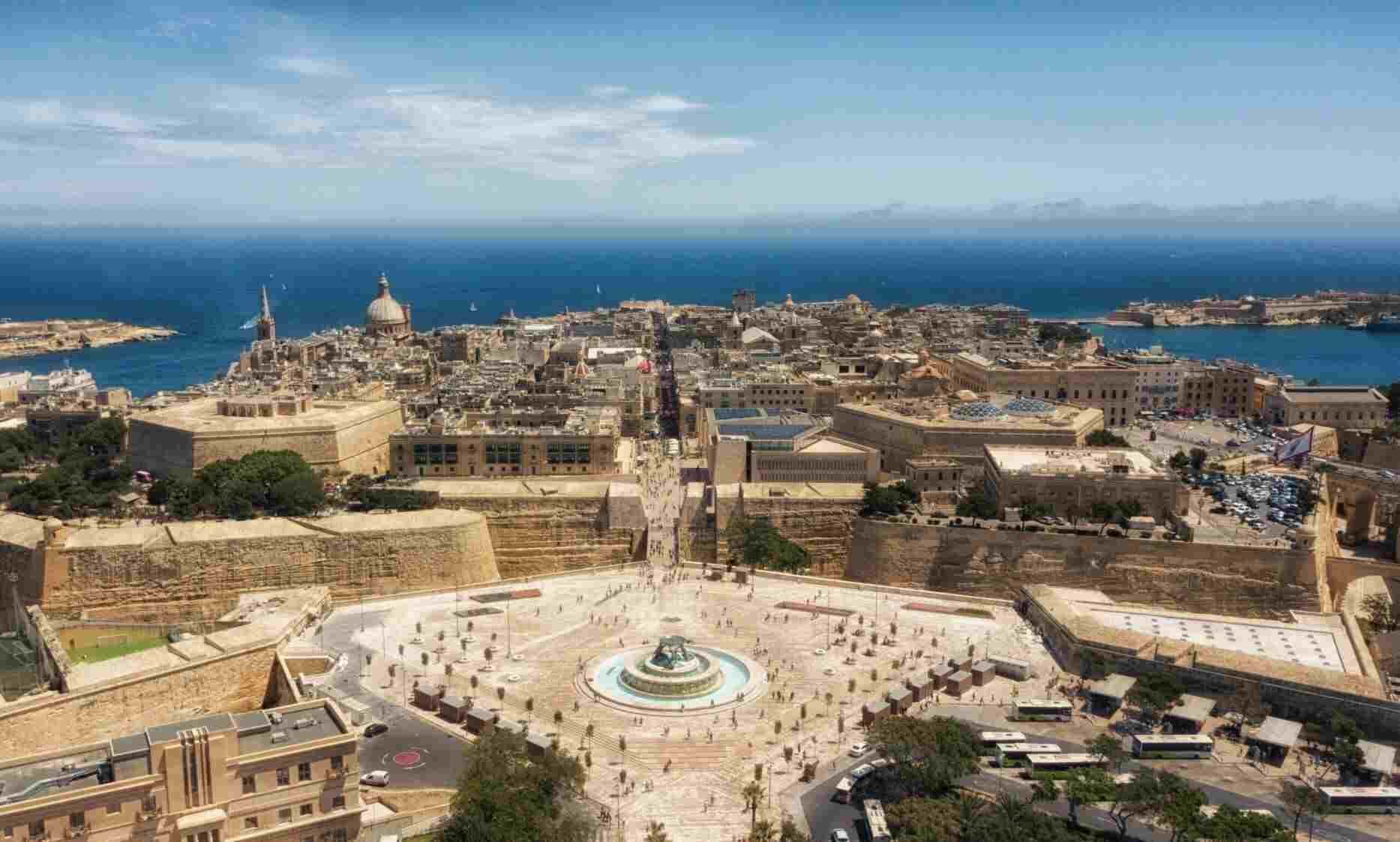 |
IMEX Malta - It's a personal service. The Gateway to Europe. |
|

Maltas Foreign Population Growth And So The Residence Permits: A Demographic and Economic AnalysisSeptember 14 2024 07:31 by PCLMedia Malta has emerged as the European Union leader in issuing new residence permits per capita, as recent data from Eurostat reveals. In 2023, Malta issued nearly 42,000 first-time residence permits, equating to more than 7,400 permits per 100,000 people, the highest rate in the EU. While larger countries like Germany issued significantly more permits overall, Malta stands out for its proportionally high issuance compared to its population size of just over 563,000. The majority of these permits, roughly two-thirds or 28,000, were driven by employment, reflecting Malta’s growing demand for foreign labor. This trend mirrors the broader European situation, where 33.8% of the 3.7 million residence permits issued in the EU were also employment-based. Education and family reunification were the next most common reasons for permits in Malta, with approximately 7,300 and 3,200 permits issued for these reasons, respectively. The rapid increase in residence permits coincides with a surge in Malta’s foreign population, which grew by 15.3% between 2022 and 2023, according to data from Malta's National Statistics Office (NSO). As of the end of 2023, foreigners made up 28.1% of Malta's population, numbering over 158,000 individuals. This sharp rise contrasts with the minimal growth of the Maltese population, which only increased by 0.1%, reaching just over 405,000. The demographic profile of the foreign population highlights significant differences from the Maltese residents. Foreigners tend to be younger, with a median age of 32 compared to the Maltese median age of 43. This youthful age structure is further reflected in the old-age dependency ratio, which measures the economic pressure on the working-age population to support the elderly. Among the foreign population, this ratio was just 4.4 in 2023, a stark contrast to the Maltese population’s ratio of 41.8, which has been steadily rising since 2012. The overall stability of Malta's dependency ratio can be attributed to these contrasting trends between the aging local population and the younger foreign community. Another notable demographic disparity is in the gender composition. While Malta’s native population maintains a nearly balanced gender distribution, with 49.8% males and 50.2% females, the foreign population skews heavily male, with 61.1% of foreign residents being male. This figure has increased from 59.3% in 2021, suggesting that more male workers are migrating to Malta, likely to fill jobs in key industries. These workers, often from outside the EU, play a crucial role in the economy, which has experienced unprecedented growth in recent years. The link between Malta’s economic expansion and the influx of foreign workers has been a topic of national debate. Prime Minister Robert Abela recently commented that while Malta's booming economy has attracted a large number of foreign workers, the growth is not reliant on constant population increases. He emphasized the need to assess how foreign labor is meeting the country’s needs, noting that certain sectors may be reaching saturation. This sentiment was echoed in a crackdown by the Home Affairs Ministry, which saw several permits refused in sectors deemed overstaffed. On the political spectrum, discussions about the country’s foreign labor reliance have been ongoing. Finance Minister Clyde Caruana warned that the population might need to grow to 800,000 by 2040 to sustain an average annual economic growth rate of 4.2%. Conversely, opposition leader Bernard Grech argued that Malta cannot continue to rely on an increasing number of foreign workers to support its economy. In conclusion, Malta’s issuance of residence permits and the demographic shifts in its population underscore the country’s economic reliance on foreign workers. While this trend has brought significant benefits, it also presents challenges related to infrastructure, demographic balance, and long-term sustainability. As the country navigates its future growth, careful planning and policy adjustments will be key to maintaining both its economic momentum and social equilibrium. Contact IMEX Malta  |